Ryan Hall's Blog, page 324
November 10, 2015
Watch: Short Film Follows Ultrarunner at Ultra Trail du Mont Blanc
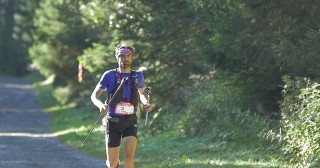
The outdoor video venture Outdoor Live produced a 7-minute short film called Nuevos Pasos about Spanish ultraunner Luis Alberto Hernando as he tackles his first 100-mile race, the Ultra Trail du Mont Blanc. The filmmakers call Nuevo Pasos “an insider look at how he mixes competing at a high level with the joy of sharing adventures and the excitement to push through new challenges.”
The film is in Spanish, but you can get English subtitles by clicking on the “CC” button in the video player.
Nuevos Pasos – Historias en los senderos from Outdoor Live on Vimeo.
The post Watch: Short Film Follows Ultrarunner at Ultra Trail du Mont Blanc appeared first on Competitor.com.
November 9, 2015
Video: Matthew Inman of The Oatmeal On Why He Runs

In the latest edition of Saucony’s “Seeker Stories,” Matthew Inman, cartoonist and creator of The Oatmeal, avid runner and founder of the Beat The Blerch race series, talks about how he got into running and why he keeps at it.
RELATED: Matthew Inman’s Quest To Outrun The Blerch
The post Video: Matthew Inman of The Oatmeal On Why He Runs appeared first on Competitor.com.
Photos: 2015 Moab Trail Marathon

One of the most scenic trail races in the U.S. took place over the weekend, as runners flocked to the outdoor paradise of Moab, Utah, to run through the red rock splendor of the Moab Trail Marathon (which also featured a half marathon and 5K). The marathon was host to the 2015 USATF Trail Marathon National Championships. Mario Mendoza won the men’s title in 3:04:10 over Joe Gray (3:09:00), although Gray took a wrong turn and lost some time out on the course. Megan Kimmel repeated her victory in the women’s race, clocking a 3:28:00 to outdistance runner-up Stevie Kremer (3:38:15).
The race took runners through red rock canyons and awe-inspiring landscapes, such as natural arches, snow-capped mountains in the distance and more.
All photos by Myke Hermsmeyer. See more of his work on his website or follow him on Instagram.
Photo Gallery
1 of {count}
Back to Start
View Larger Image
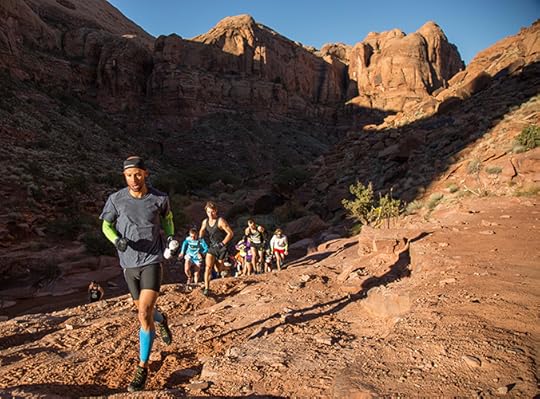
Second-place finisher Joe Gray out in the front pack early in the Moab Trail Marathon.
View Larger Image
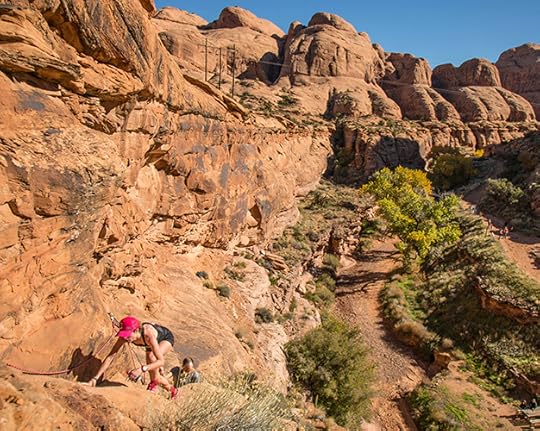
Third-place female finisher Anna Mae Flynn scrambling up the rope line above Kane Creek.
View Larger Image
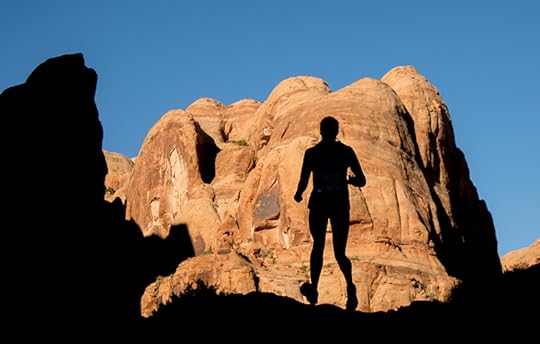
Racing in the shadows of Pritchett Canyon early in the Moab Trail Marathon.
View Larger Image

Jeepers volunteering to shuttle aid station supplies onto the Amasa Back trail.
View Larger Image
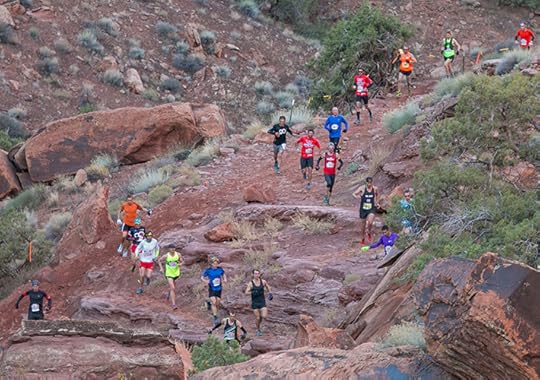
The lead pack picking their lines in Pritchett Canyon.
View Larger Image

Running below the La Sals.
View Larger Image
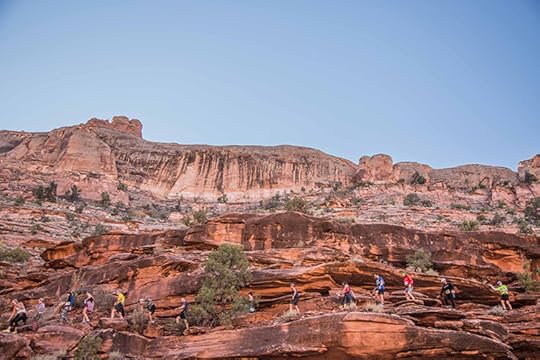
Runners descending the Hunter Canyon Rim Trail.
View Larger Image
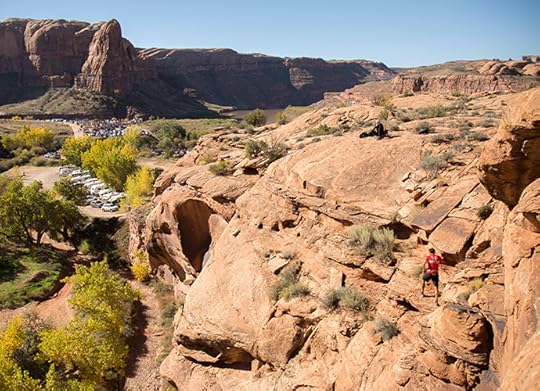
The technical rope scramble close to the race finish and Green River.
View Larger Image
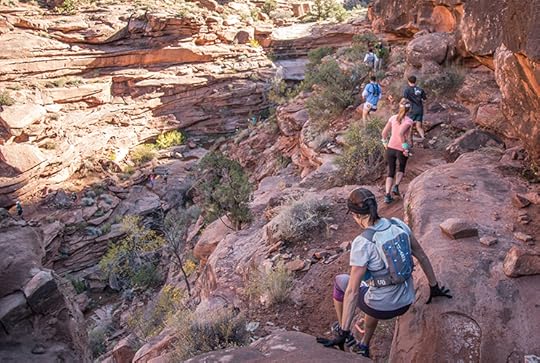
Dropping down into Hunter Canyon.
View Larger Image
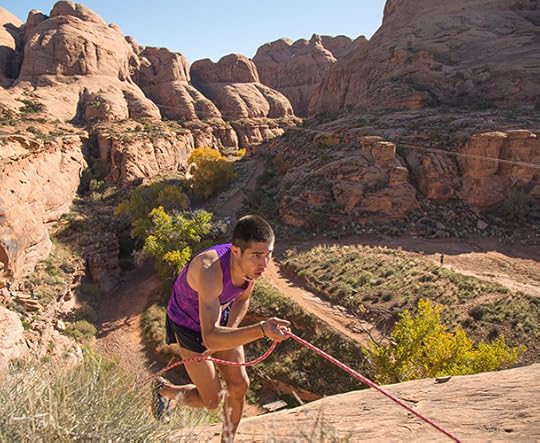
Moab Trail Marathon men's winner Mario Mendoza running up the rope line above Kane Creek.
View Larger Image
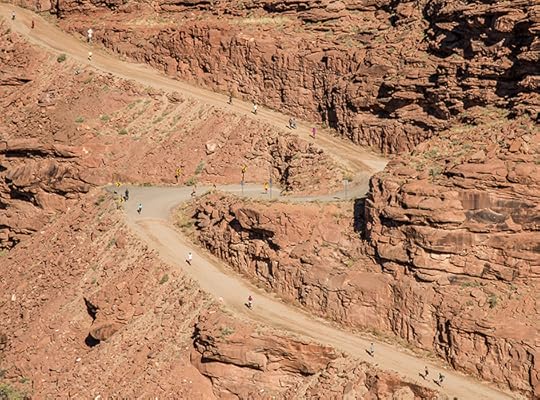
Half marathon racers climbing out of the canyon heading towards the finish.
View Larger Image
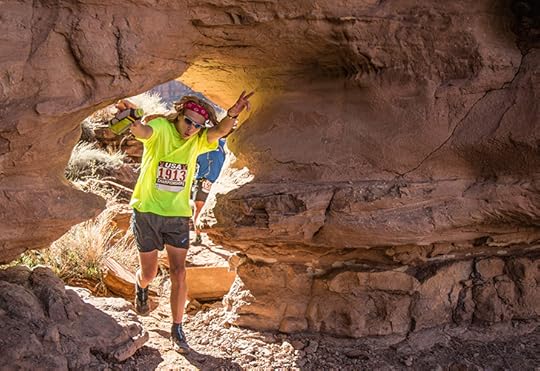
The course led runners through some amazing terrain, tunnels and arches.
View Larger Image
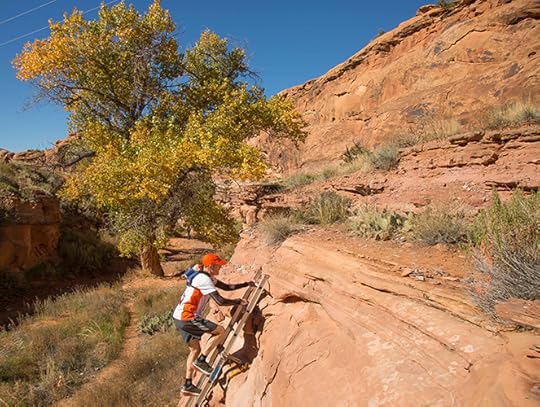
Ladder aid is required to get through a technical section of the Moab Trail Marathon.
View Larger Image
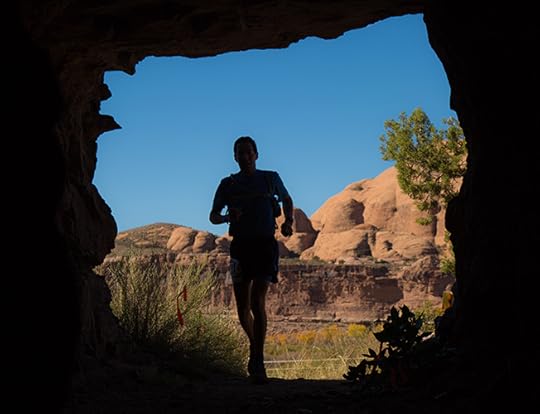
Nature makes for the best frames. A racer runs into the Kane Creek tunnel.
View Larger Image
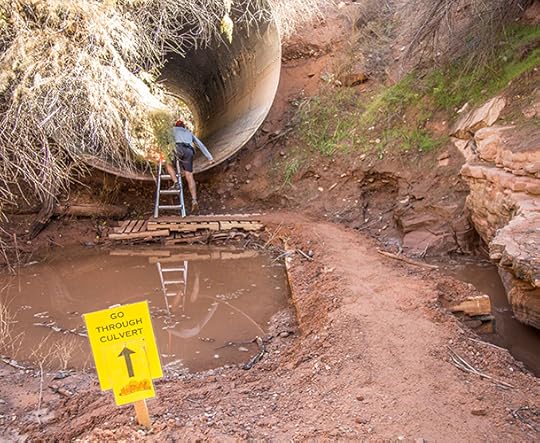
The course included both nature and manmade features.
View Larger Image
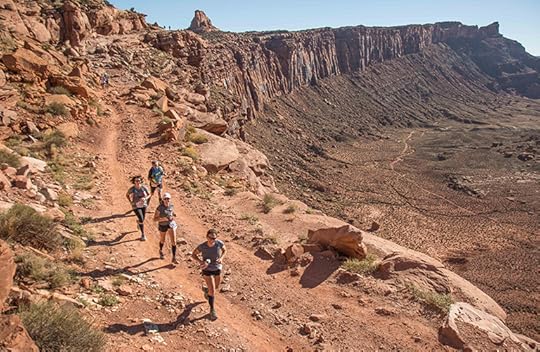
Running along Cliff Hanger trail.
View Larger Image
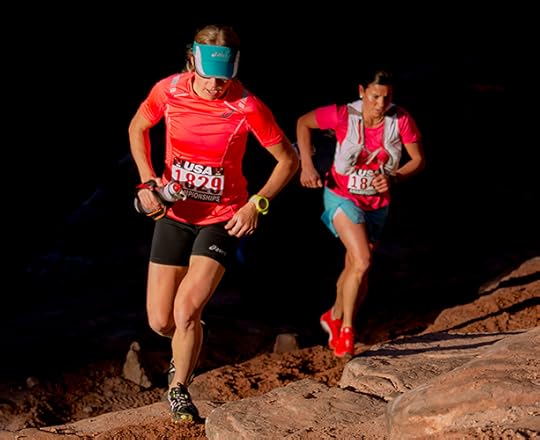
Female winner Megan Kimmel and 2nd place female Stevie Kremer emerge into the early morning light in Pritchett Canyon.
View Larger Image
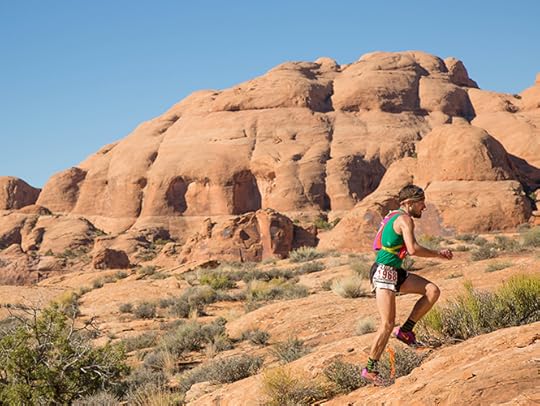
Running on slickrock.
View Larger Image
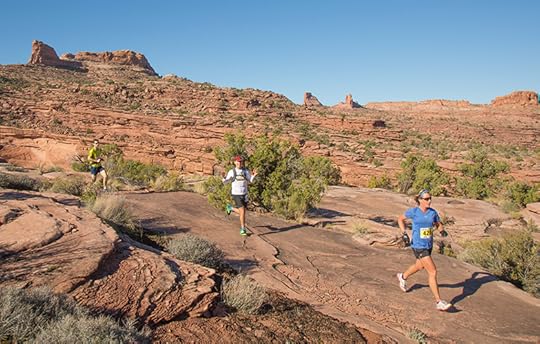
Descending the Hunter Canyon Rim Trail.
View Larger Image

Early morning canyon running.
View Larger Image

Racers leaping down the Moab Trail Marathon's technical terrain.
View Larger Image
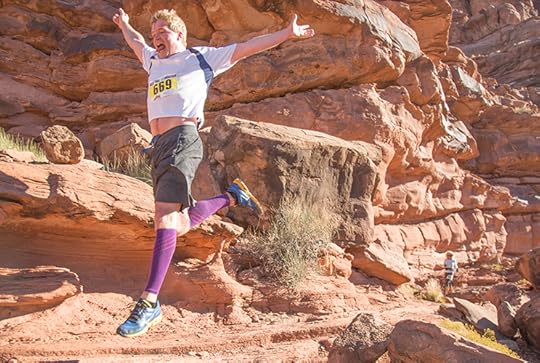
A racer enjoying leaping through the technical terrain.
View Larger Image
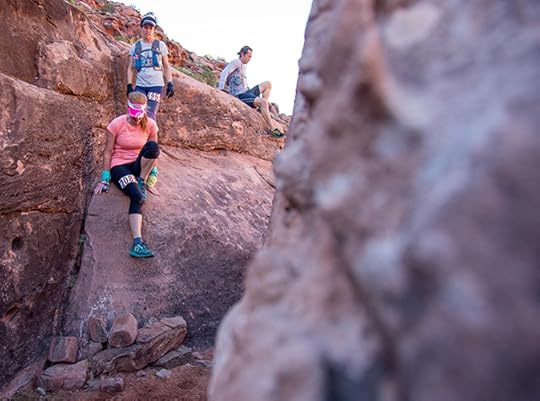
Carefully dropping down boulders in Hunter Canyon.
View Larger Image
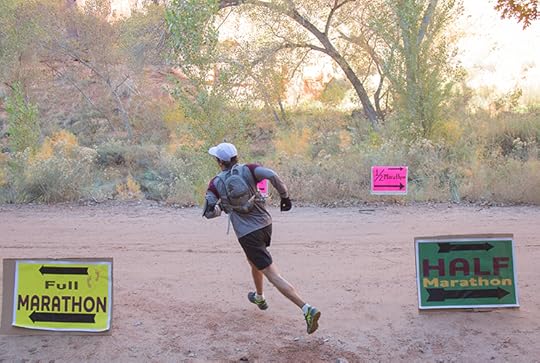
The Moab Trail Marathon also offers a half marathon and 5K Adventure Run offering equally challenging terrain.
View Larger Image

Tayte Pollmann, freshman at the University of Portland, celebrating the day before his 18th birthday by taking third at the Moab Trail Marathon.
View Larger Image

Exiting the Kane Creek cave.
View Larger Image
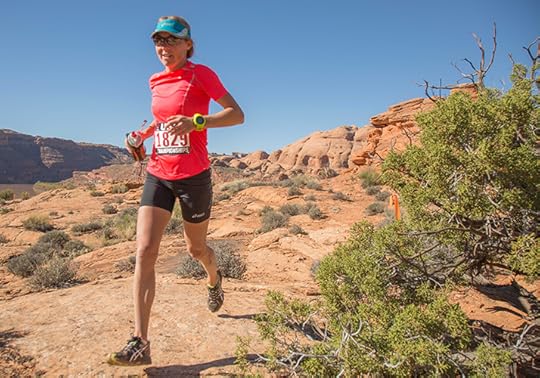
Women's winner Megan Kimmel on slickrock late in the Moab Trail Marathon.
View Larger Image
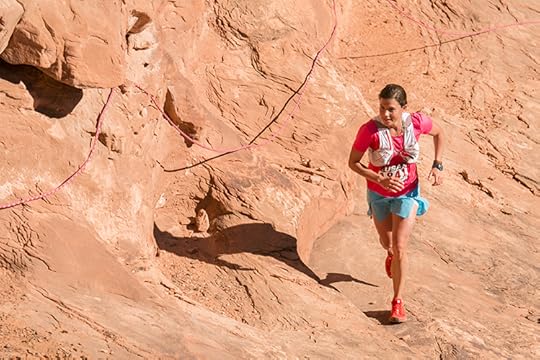
Women's runner-up Stevie Kremer running the rope line in Kane Creek.
View Larger Image

Moab Trail Marathon finish line situated next to the Green River.
View Larger Image
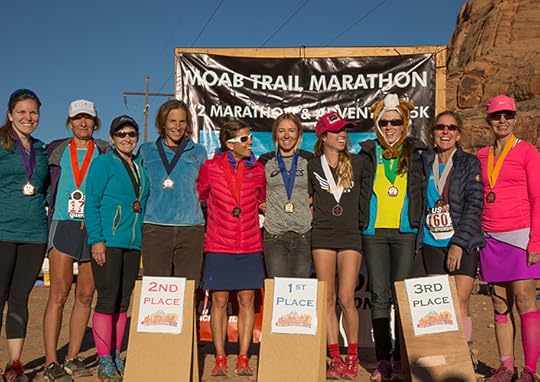
USATF top-10 women
View Larger Image
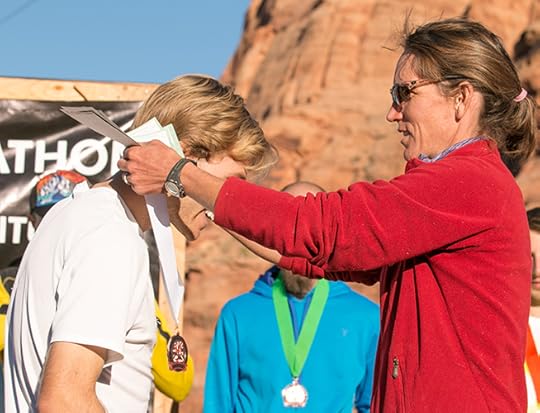
Race director Danelle Ballengee presenting Tayte Pollmann with his USATF third-place medal.
View Larger Image
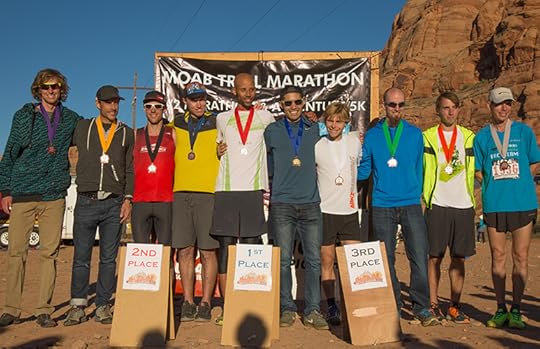
USATF top-10 men
Related Galleries

Rock ‘n’ Roll Savannah Celebrates Five Years of Running

Photos: Inside the New York City Marathon

Photos: 2015 New York City Marathon
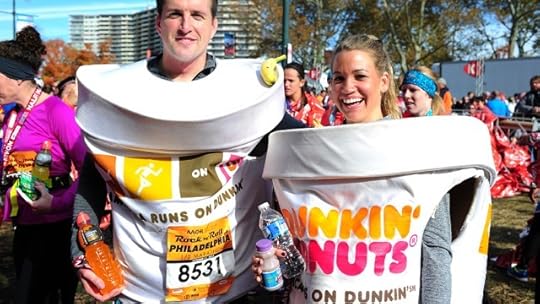
Photos: 2015 AACR Rock ‘n’ Roll Philadelphia Half Marathon

More Galleries
The post Photos: 2015 Moab Trail Marathon appeared first on Competitor.com.
Training On Empty: A Runner’s Struggle With Anorexia
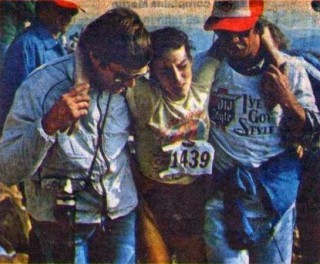
Lize Brittin collapses after winning the women's division of the Pikes Peak Ascent at age 16. In her book, "Training on Empty," Brittin says her battle with an eating disorder didn't come on overnight. Instead, she says "it became part of my life so gradually I didn’t realize it was happening." Finally recovered and healthy, she says she wrote the book to help others afflicted with eating disorders. Photo: Courtesy of Lize Brittin
The following has been excerpted from “Training on Empty: A frank memoir of an elite runner who nearly perished from anorexia” by Lize Brittin. Copyright © 2015 by Liz Brittin. Published on Smashwords and reprinted by permission. All rights reserved.
My name is Lize. This is the story of my life. This book is meant to give people an idea of what led to my anorexia, how I survived and how I began to heal. Eating disorders are a common problem among competitive runners, especially young women. Unfortunately, there is no grand formula for getting well, no 12 steps or going cold turkey. However I do believe there is a way out of the darkness. Each person must create his or her own path to recovery, but perhaps reading what I went through will offer some hope, inspiration and ideas to help others create a path to wellness. I tend not to do things half-assed, so taking anorexia to the extreme was almost predictable. As bad off as I was, however, I found a way back to balanced health and wellness. And if I recovered, there is hope for many others.
Some people might find aspects of this excerpt triggering. I wrote my book before that concept was understood and accepted in the general public. I now put warnings on any blog posts that may contain triggering content or images. Hopefully anyone who reads “Training on Empty” will be left with a better understanding of eating disorders and a sense of hope that recovery is possible.
*****************************
With a few more road races under my belt and countless hours of training behind me, I ran the race of a lifetime, a race that was dreamlike in nature and left me in a heap at the top of the mountain. I collapsed into the arms of race officials, hyperventilating and nearly passing out as my foot crossed the line, setting a new women’s record for the Pikes Peak Ascent in Manitou Springs, Colo. Two hours and thirty-nine minutes after I had started, I became the youngest women’s winner of the 13.3-mile races to the 14,115-foot summit of Pikes Peak, and shortly afterward, I was placed on a stretcher and given oxygen, my legs aching and my chest burning. I was smiling, though, knowing I had reached my goal.
Race officials were alarmed at my thin appearance and, perhaps with me in mind, established a still-standing rule that nobody under the age of 16 could enter the race. They were convinced that the race was too grueling. As for me, sitting on top of the mountain with my biggest victory yet, I had no idea that soon I would be heading over the edge. It wasn’t my young age that was alarming; it was the illness that was slowly swallowing my life—one that would continue to torment me for many years to come.
How did I get here?
“An illness is like a journey into a far country; it sifts all one’s experience and removes it to a point so remote that it appears like a vision.” — Sholem Asch
On an exceptionally cold February night in 1997, after a series of seizures, I was rushed to the hospital with chest pain and shortness of breath. At the age of 30, I weighed 80 pounds. I wasn’t expected to make it through the night. However, to everyone’s surprise and amazement, including my own, I pulled through. It was obvious that I needed help, but since none of the nearby eating-disorder treatment facilities had any openings, I was moved to the hospital’s cancer unit for three days in order to stabilize. I found it disturbingly ironic that I was surrounded by people fighting for their lives, while I was slowly killing myself.
Starvation is considered one of the most slow and painful ways to die. The body can last a long time without food. Typically, people who starve themselves don’t die from an actual lack of food, but from related complications. As the body starts eating itself to keep the brain functioning, muscles and organs begin to atrophy. Organ failure or a heart attack is a common end for anorexics.
The entire time I was in the hospital, I was prodded, probed and tested. I was hooked to an intravenous saline drip in order to regulate my electrolytes. I slept in short shifts, a few hours at a time throughout both the days and nights, taking Tylenol for the excruciating headaches that manifested as my body fought for equilibrium. I ate even less than I had been eating before hospitalization, and I was exhausted from all the blood draws and tests being performed. The longer the lab-rat routine continued, the weaker I became. At one point, a nurse led me to a shower where, after just a few minutes standing on my own, my legs started to quiver beneath me. Once the fastest high-school athlete in all of Colorado, there I was, unable to even stand on my own two feet. I sat down on the shower’s built-in bench and cried as the water splashed over my skin.
After the third day of tests, the doctors told me they wanted to keep me in the hospital a few more days to run even more tests. I was no expert, but the problem seemed pretty obvious to me: My body was malnourished and completely depleted. In short, I was too thin. More tests, it seemed to me, were not going to reveal anything more about my condition, so I threw a minor tantrum and was released. Sleep-deprived, emotionally spent and bruised from all the IV’s and other needling, I headed home. The freedom of merely being outside in the fresh air after three solid days of being stuck in the hospital was overwhelming.
There are people whose lives are complicated by some kind of addiction all around. Many of these people are in denial or accept their addiction as part of who they are, often adhering to the adage, “once an alcoholic, always an alcoholic.” There are others who live with the agony of knowingly operating below their true potential, yet are unable to change. They are intelligent and honest, open about their self-inflicted enslavement, yet completely frustrated by their inability to stop their self-sabotaging behavior. However, there are a lucky few who see beyond their addiction, finding both the courage and the astounding strength to break free from their addictions and jump full force into the unknown territory of recovery.
RELATED: Weight Off My Shoulders: A Competitive Runner Talks About His Eating Disorder
Heidi is one of these lucky few. I met her shortly before I wound up in the hospital. Over time, she became my mentor and my friend, my counselor and my inspiration. Radiant and strong, Heidi is the kind of person who lights up the room when she enters, a goddess if there ever was one. Her compassion and wisdom go far beyond the realm of what is considered normal in this world. I was immediately drawn to her.
When she was young, Heidi was bulimic. Over time, she forced herself to throw up so much that the acid from her stomach began to irritate her esophagus. At one point, she vomited so much blood that she nearly died right there on her bathroom floor. As she lay with her head on the floor, half passed out, Heidi decided she didn’t want to die, that there had to be a way out. And just like that, she stopped binging and purging. It’s almost unheard of to have the bravery and the will to do something like that, but Heidi had an idea that a brilliant destiny and a better life were awaiting her. She became one of the few women I know who fully beat an eating disorder. I know a lot of women in various stages of recovery; a few have found a way out. Heidi is one of these few.
It takes a magnanimous human being to see the potential behind the illness in a person. Without Heidi, I would have been lost. Her guidance and love helped me find my own path out of addiction and away from the trappings of anorexia. It was a long time before I got even a little bit better, but Heidi helped open my mind to the possibility of getting well, and that was a necessary first step. Once released from the hospital, I started meditating and reading books on spirituality, something that had been missing from my life for years. I opened up my mind, exploring auras and the occult, and I became fascinated with energy and the correlation between intention and manifestation.
As a runner, I felt it was necessary to picture myself running well in a race the night before and anticipate that what I imagined could become a reality. The idea was that events would unfold as I imagined they would. Facing a challenge of a different sort, I began to understand how the power of positive thinking could be applied to other areas of my life. Unfortunately, while these new revelations were of great benefit to my soul, I hoped, they did little to improve or correct my self-destructive patterns, and I was still restricting my caloric intake and exercising for incredibly long periods of time each day.
Before I became anorexic, I was at least a somewhat well-rounded child and engaged with the world. I painted and drew, cooked, read books and watched movies. By contrast, my life became very limited and myopic once I became anorexic. I don’t recall doing much of anything once my weight became so abnormally low. I also don’t recall exactly when it was that I effectively stopped being in the world. I was isolated, except for a few select friends who could tolerate the sight of me, and I had dropped all hobbies and interests from my life. Many anorexics are utterly lost in their illness; they no longer have a sense of who they are, what they like or what ignites passion in their hearts. Even at a devastatingly low weight, I spent days on end exercising even though I lacked any real strength. Looking back, I don’t know how I managed.
I also spent my time anticipating the two small meals I allowed myself every day—one in the evening, one late at night. With hunger, time seems to pass more slowly, and because I would allow myself to eat only at certain times, so much time was wasted waiting. I was too hungry to throw myself into a book or engage in anything that required too much thought or energy, so I waited, watching the clock but trying not to be too obvious about it. Occasionally, there were days on which I would eat more normally and even some days on which I would binge, but the guilt was extreme and often very hard to handle. At the time, I couldn’t see that those days on which I ate normally were what my body, mind and spirit craved. At what point in my life had I had lost balance?
Anorexia, for me, was somewhat of a “frog-being-boiled-in-a-pot” situation, a slow evolution in which I subconsciously managed to ignore the water heating up around me. For those not familiar with the term, it is in reference to a study done in which two frogs are placed in different pots of water. In one pot, the water is boiling. Naturally, the frog jumps out in an instant. The frog in the other pot, on the other hand, is put in warm water first, and the water is gradually heated to a boil. In this case, the frog will stay put until it is boiled alive. With any addiction there typically comes a point at which the addicted person becomes aware of how bad things have become. This is the point where she might ask, “How did I get here?” or “How did it get this bad?” The answer, of course, is that these things don’t happen overnight. Getting to a low point—or as addicts put it, “hitting rock bottom”—takes time. It’s by taking many small steps toward insanity that the sane become insane, just in the same way it takes many small steps by the guru to achieve enlightenment.
Despite never quite having a sense of what was normal growing up, I didn’t cross the line into severe illness until I was a teen. I didn’t just wake up one day with a full-blown eating disorder; it became part of my life so gradually I didn’t realize it was happening. My desire and determination to change happened in an instant, but the disorder took hold slowly. Over time the illness took over, and I realized somewhere along the way that I was stuck. It was too late to do anything, so I stayed the destructive course until eventually my body forced me to stop. And it nearly killed me.
For more information about eating disorders and how to get help, check out the National Institute of Mental Health website, the National Eating Disorders Association (NEDA) website or call the NEDA hotline at (800) 931-2237.
*****************************
For more information about “Training on Empty” and additional writing from author Lize Brittin, go to her blog site.
The post Training On Empty: A Runner’s Struggle With Anorexia appeared first on Competitor.com.
WADA Report Reveals Evidence of Widespread Russian Doping Program

Reigning Olympic 800m champion Mariya Savinova is one of five Russian athletes recommended for a lifetime ban from competition. Photo: PhotoRun.net
The sport of track and field experienced one of its darkest days on Monday following a World Anti-Doping Agency report of a widespread systematic doping program—and cover-up—by the All-Russian Athletics Federation.
Dick Pound, the former WADA president who led the independent investigation, presented the findings at a press conference in Geneva, Switzerland. He recommended that Russia be suspended from global athletics competition—including the 2016 Olympic Games in Rio—and recommended lifetime bans for five Russian athletes—including 2012 Olympic 800m champion Mariya Savinova (pictured above), 2012 Olympic 800m bronze medalist Ekaterina Poistogova, 400m/800m runner Anastasia Bazdyreva and 1500m runner Kristina Ugarova—along with five coaches and administrators. Pound, who said the doping problem was “worse than we thought,” also recommended that Russia’s Moscow-based anti-doping lab should be shut down. Gregory Rodchenko, who headed the lab, was one of those administrators recommended for a lifetime ban and accused of intentionally destroying 1,417 doping samples in December of last year.
The 11-month investigation, which was commissioned following German broadcaster ARD’s documentary “The Secrets of Doping: How Russia Makes Its Winners?” yielded a 335-page report, revealed “payments of money to conceal doping tests” and a “deeply rooted culture of cheating at all levels.” The investigation cited a state-sponsored doping program but also stated that the problem extended beyond just Russia and the sport of track and field.
Monday’s report comes on the heels of last week’s arrest of former IAAF president Lamine Diack on charges of corruption and money laundering. The 82-year-old from Senegal is charged with taking at least 200,000 euros from Russia to cover up positive doping tests, amongst other legal and ethical violations.
“While the contents of the Report are deeply disturbing, the investigation is hugely positive for the clean athlete as it contains significant recommendations for how WADA and its partners in the anti-doping community can, and must, take swift corrective action to ensure anti-doping programs of the highest order are in place across the board,” said Sir Craig Reedie, WADA president. “WADA is fully committed in its role of leading the charge to protect the rights of clean athletes worldwide.”
In a question and answer session following the presentation, Pound—who reiterated that his commission had a “very narrow mandate on Russia and athletics”—said he believed that the findings in this report were just “the tip of the iceberg” and alluded to problems in other countries, including Kenya, which has been under scrutiny in recent months for a litany of failed doping tests and virtually non-existent out-of-competition drug testing program.
“It seems pretty clear from both the ARD program and subsequent developments that Kenya has a real problem,” Pound said in response to a journalist’s question. “It has been very slow to acknowledge there is a problem. There is apparently some investigation going on as we speak. If they don’t do a good job then someone else will do a job for them.”
The IAAF released a statement from president Sebastian Coe soon after the press conference saying, “The information in WADA’s Independent Commissions Report is alarming. We need time to properly digest and understand the detailed findings included in the report. However, I have urged the Council to start the process of considering sanctions against ARAF. This step has not been taken lightly. Our athletes, partners and fans have my total assurance that where there are failures in our governance or our anti-doping programmes we will fix them. We will do whatever it takes to protect the clean athletes and rebuild trust in our sport. The IAAF will continue to offer the police authorities our full co-operation into their ongoing investigation.”
The U.S. Anti-Doping Association also commented on WADA’s report, applauding them for exposing Russia’s widespread cheating and subsequent suggestion that their athletes be banned from international competition.
“The world’s athletes deserve better, and all who love clean sport must rise up and confront this threat,” said USADA president Travis Tygart. “We will continue to fight on behalf of all clean athletes to ensure that clear and decisive action is taken to sweep out anyone who has been involved with this scheme.”
The post WADA Report Reveals Evidence of Widespread Russian Doping Program appeared first on Competitor.com.
Kara Goucher Wins Big Sur Half Marathon
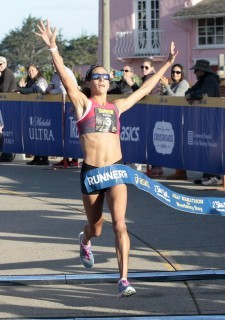
Kara Goucher crosses the finish line of the Big Sur Half Marathon on Monterey Bay in Monterey, Calif., in 1:11:13. Photo: Ver Fisher
Kara Goucher kicked off her quest for a third consecutive U.S. Olympic team berth on Sunday by winning the Big Sur Half Marathon on Monterey Bay in Monterey, Calif., in 1 hour, 11 minutes and 13 seconds. With her strong effort, the 37-year-old resident of Boulder, Colo., stamped herself as a prime contender heading into the 2016 U.S. Olympic Trials Marathon on Feb. 13 in Los Angeles.
Goucher and men’s winner Elisha Barno of Kenya pulled away from deep fields to record the second-best race times ever and capture the overall titles ahead of nearly 7,000 runners at the 13th annual race through downtown Monterey and Pacific Grove and a finish line at Fisherman’s Wharf on Monterey Bay. A $20,000 purse of prize money and bonuses, the largest for a half marathon in the western U.S., was distributed among the top eight male and female runners and top three masters runners along with bonuses for the top three American finishers and any U.S. runner who qualified for the 2016 U.S. Olympic Trials at the race.
“This is the starting place for me leading up to the (Olympic) Trials. It’s a good place to start; it’s the fastest I’ve started in years,” said Goucher, who placed second at the 2012 U.S. Olympic Trials Marathon and 11th in the marathon at the 2012 Olympics. “I thought this course was going to be easier than it was, but I love a challenging course.”
RELATED: Why I Run—Kara Goucher
In the men’s race, a pack of eight runners broke away after a conservative first two miles. The international field included five Kenyans, a Moroccan, a Canadian, and an American. Among them were two-time defending champion Jacob Chemtai and Nelson Oyugi, runner up in the last two races. After the turn-around near mile eight along the crashing waves of the Pacific Ocean, Barno and fellow Kenyan Macdonard Ondara, winner of the event in 2007 and 2010, pushed the pace to drop the rest of their rivals. Barno pulled away in the last mile to win in 1:03:04, the third fastest winning time ever. Ondara held on for second in 1:03:31. “I see the ocean, the birds flying and the people cheering the athletes so that made me run faster,” Barno, 30, said.
The next five runners had a great battle to the finish with only 31 seconds separating third through eighth place. Morroccan Karim El Mabchour outkicked American Scott Bauhs by two seconds to finish third in 1:03:54. Bauhs’1:03:56 was not only good for fourth place overall, but he also won bonuses as the first American and for qualifying for the U.S. Olympic Marathon Trials by breaking 1:05.
The women pushed their pace right from the start with Goucher who was using this event as an important test of her Olympic Trials preparation. Ethiopian Simegn Yeshanbel, Kenyan Hellen Jepkurgat, and fellow American Kristen Zaitz spent time alongside Goucher for the first eight miles before she pulled away over the last five miles to win comfortably. Yeshanbel held on for second in 1:12:47 and Zaitz held off Jepkurgat to finish third in 1:13:02 to Jepkurgat’s 1:13:18.
In the masters division for runners age 40 and over, Kenyan Meshack Kirwa finished eighth overall and shattered the male masters record by over six minutes in 1:04:25.
The masters women’s race saw five-time master’s division winner Christine Kennedy of Los Gatos, Calif., add a sixth crown. Kennedy, 60, ran 1:27:26, which was 15 minutes under the old course record for women 60-64. She now holds the record for four different age groups.
Video: Kara Goucher’s Training Tips
The post Kara Goucher Wins Big Sur Half Marathon appeared first on Competitor.com.
November 7, 2015
Heat, Humidity Provide Challenges at Rock ‘n’ Roll Savannah
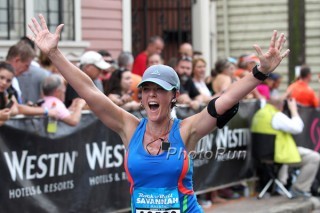
Photo: PhotoRun.net
One of Georgia’s most-scenic cities played host to thousands of runners at Saturday’s Rock ‘n’ Roll Savannah Marathon and Half Marathon. The starting gun for both races sounded promptly at 7 a.m. in Savannah’s Daffin Park as runners headed down the course in unseasonably challenging conditions with high heat and humidity.
In the men’s half marathon race, Jonny Wilson broke the tape first. The 27-year-old, who trains out of Flagstaff, Arizona and hails from Falmouth, Maine, covered the 13.1 miles in one hour, 8 minutes, and 33 seconds.
RELATED: Photos: Rock ‘n’ Roll Savannah
He owned a personal best of 1:05:09 that he ran last week at the Rock ‘n’ Roll Philadelphia—nine seconds shy of an Olympic Marathon Trial qualifier—and attributed his slower time on Saturday to the challenging conditions. “I was just trying to go for the win,” Wilson said. “I’ve never won a Rock ‘n’ Roll race before.”
Wilson held the lead at the beginning of the race, but was passed by another runner, Zaven O’Bryant. “I was a little worried when that happened,” Wilson said. “But I was just trying to run by feel and run my own pace. Luckily, I was able to catch up with him [O’Bryant].” Wilson had hoped to qualify for the U.S. Olympic Marathon Trials in Savannah, but says he’s not done giving up on his dream. “I have until January to run under 1:05:00. I just need to find more races to do it,” he said.
Second place was awarded to Chris Bailey of Charleston, South Carolina (1:11:47). The final podium spot went to Austin Richmond of Babson Park, Florida (1:13:33).
The women’s half marathon went to 38-year-old Laurie Knowles of Charlotte, North Carolina who won in 1:17:47. Her closest rival was second-place finisher Katie Sherron (1:20:43). Third place went to Caitlin Judd (1:24:18).
The overall champion in the men’s marathon was Jonathan Argyle who clocked 2:36:10 for the 26.2-mile distance that wound through Georgia’s oldest city. Argyle’s win was a commanding one as second-place finisher Nicholas Synan was nearly four minutes behind in (2:40:07). Jack Findley was third in 2:42:33.
Twenty-three-year-old Kelly Meyer won the women’s marathon with an impressive sub-3-hour showing (2:59:42). Lauren Urbizo was second in 3:10:57, while third place went to Christine Witte (3:13:07).
Saturday’s win was a surprise for Meyer as it was her debut marathon and it was far from an easy achievement. Meyer, an Atlanta, Georgia resident, admitted afterwards that she ended up having to change her pre-race place. “I was feeling good until about mile 14,” she said afterward. “But then I started to have stomach issues. It didn’t go as I had planned and I just tried to make the best of it.” Meyer ended up running unopposed after the half-marathon point and finished over 16 minutes slower than an Olympic Marathon Trials qualifying time (2:43:00). She said she hopes to run a few more races in the fall to make the mark.
The extremely humid weather provided unique challenges to runners at Saturday’s race. Because of the dangers posed by such conditions, race organizers consulted with local officials and made the difficult decision to divert participants along the course due to the health risk. A comprehensive heat plan was implemented, which included water misters, sponge stations, and air-conditioned cooling buses along the course. Still, many runners were not able to complete their race due to these dangers and race officials appreciate the patience and understanding of those affected. Competitor Group will be in touch with these runners.
Heat and humidity aside, participants and their families got a nice send off at the finish-line festival in the heart of the historic Georgia city. Country music hit band Rascal Flatts jammed on the stage and gave everyone something to celebrate.
The post Heat, Humidity Provide Challenges at Rock ‘n’ Roll Savannah appeared first on Competitor.com.
Rock ‘n’ Roll Savannah Celebrates Five Years of Running
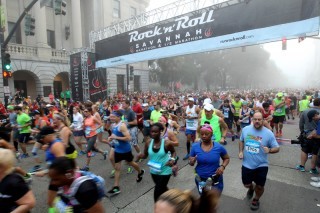
Photo Gallery
1 of {count}
Back to Start
View Larger Image
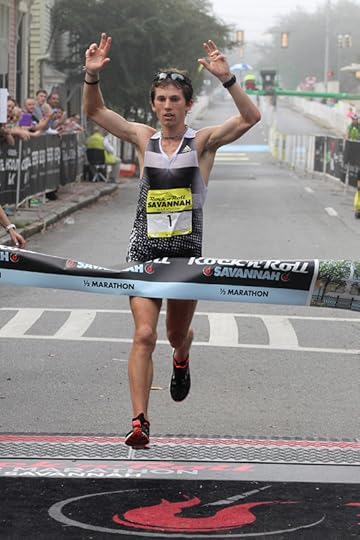
View Larger Image
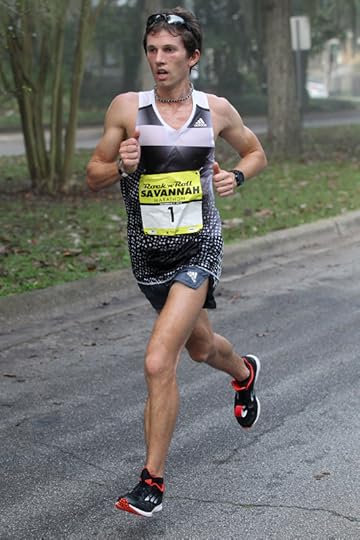
View Larger Image
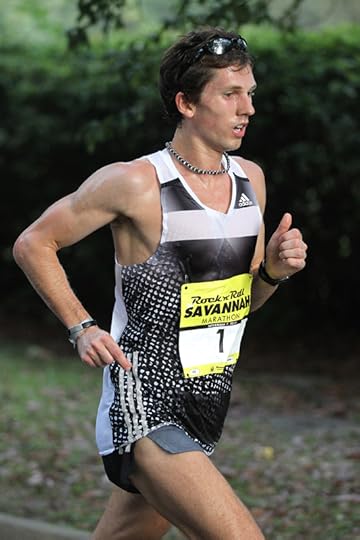
View Larger Image
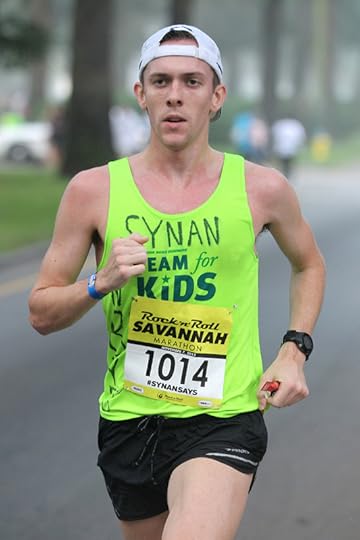
View Larger Image

View Larger Image

View Larger Image
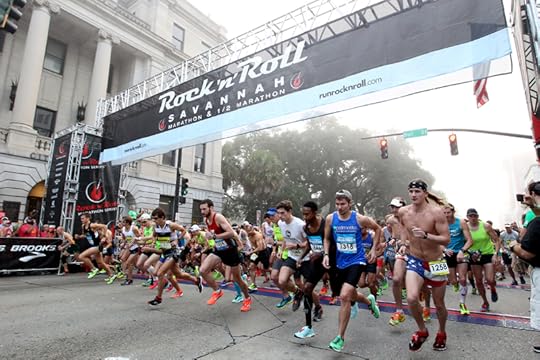
View Larger Image

View Larger Image

View Larger Image

View Larger Image

View Larger Image

View Larger Image

View Larger Image
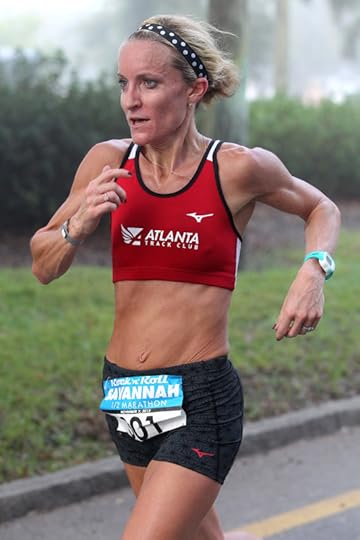
View Larger Image
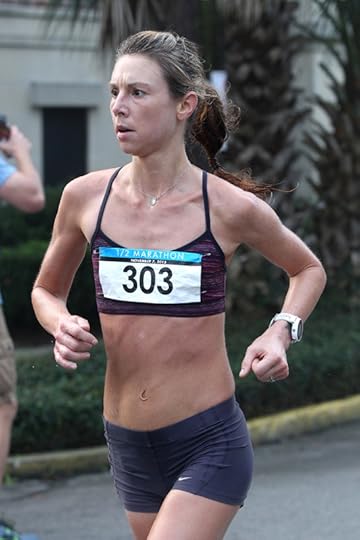
View Larger Image

View Larger Image

View Larger Image

View Larger Image

View Larger Image

View Larger Image

View Larger Image
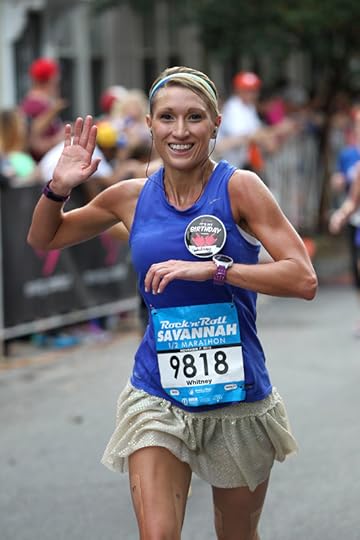
View Larger Image
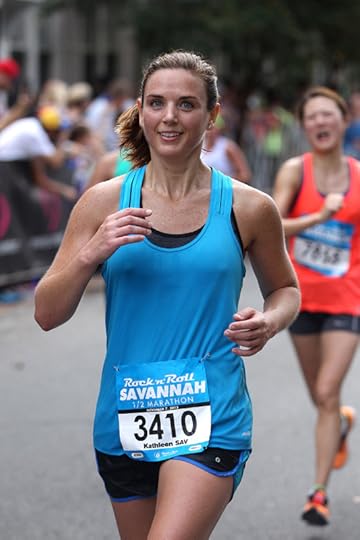
View Larger Image

View Larger Image

View Larger Image

View Larger Image
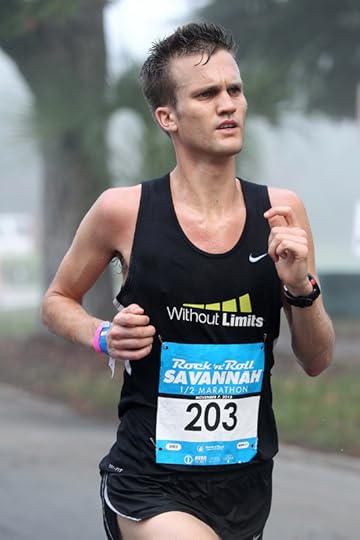
View Larger Image
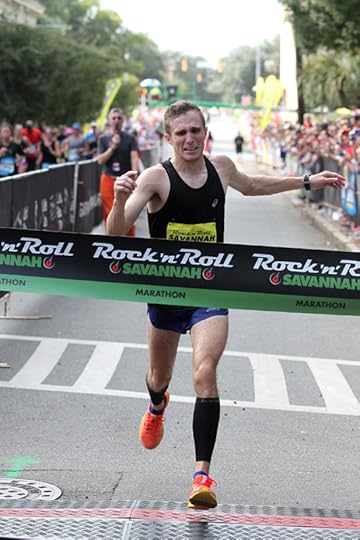
View Larger Image
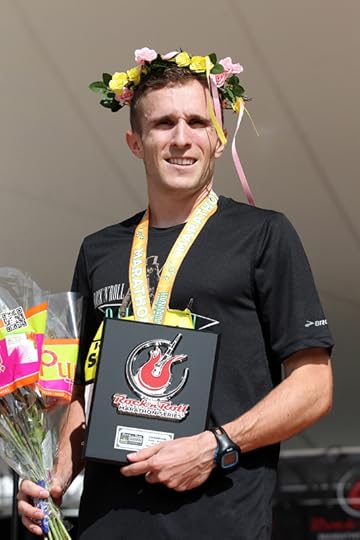
View Larger Image
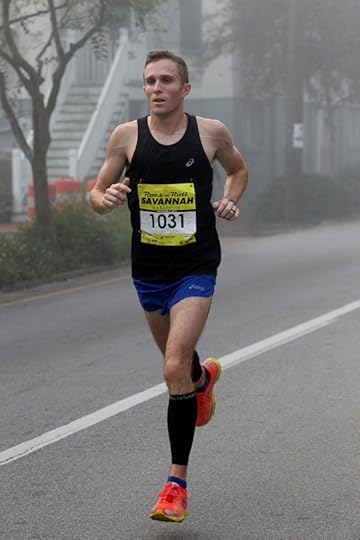
Related Galleries

Photos: Inside the New York City Marathon

Photos: 2015 New York City Marathon

Photos: Inaugural Banorte Rock ‘n’ Roll Merida Half Marathon

Photos: 2015 AACR Rock ‘n’ Roll Philadelphia Half Marathon

More Galleries
More than 20,000 runners hit the pavement at the annual marathon and half marathon
Rock ‘n’ Roll Savannah Marathon & ½ Marathon celebrated five years of running on Saturday. More than 20,000 runners from all 50 states and 24 countries toed the start line and took off on their 13.1 or 26.2 mile journey. The course highlighted all of Savannah’s beauty running through charming town squares, historic buildings and under canopies of Spanish moss covered trees. Superstar vocal group Rascal Flatts headlined the Toyota Rock ‘n’ Roll Concert Series.
The post Rock ‘n’ Roll Savannah Celebrates Five Years of Running appeared first on Competitor.com.
November 6, 2015
62-year-old Trains for Rock ‘n’ Roll Savannah Marathon After Fracturing His Pelvis
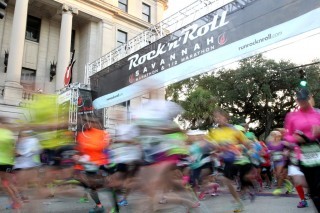
Photo: Courtesy of Rock 'n' Roll Marathon Series
The garbage truck swung a U-turn as Rudy Villalobos hung onto the back. But the driver miscalculated the turn and Villalobos, facing the back of the truck, was slammed against a tree, pinned between the tree and the truck.
“I stepped down and started walking,” says Villalobos, recalling the accident that took place in 2013. “There was a lot of pain, then my leg gave out and I fell to the ground.”
Villalobos had fractured his pelvis in three places. He was 59 years old. A doctor said he wouldn’t be able to use his legs again.
But, Villalobos thought otherwise. “I’m not going to be limping the rest of my life,” he vowed.
Tomorrow morning at the Rock ‘n’ Roll Savannah Marathon and Half Marathon, Villalobos will join thousands of runners, walkers and wheelchair athletes at the starting line. Despite having never run a half marathon, Villalobos will tackle the marathon.
“If I’m going to do something, let’s do it,” says Villalobos, who covered 23 miles in a recent training run. “I don’t do anything half step.”
Villalobos, who turns 62 next month, has overcome more than just the pain of fracturing his pelvis. Unable to earn an income for 20 months after the accident, he was homeless for more than two years, living at a shelter. Now, he’s employed, works two jobs, lives in his own apartment and is an advocate for the homeless.
From 8 a.m. to 5 p.m. Villalobos works for the Chatham Savannah Authority for the Homeless (CSAH). He is a peer specialist, directing the homeless into service programs dealing with substance abuse and mental health counseling or helping them find housing, food and clothing. From 5 p.m. to 1 a.m., he is a resident assistant at Union Mission, the homeless shelter he once called home.
“I am extremely proud of Rudy,” says Cindy Kelly, CSAH’s executive director. “He’s blessed with the best of the human spirit.”
Villalobos’ recovery from fracturing his pelvis was an arduous one. He was hospitalized for six weeks, confined to a walker for nearly four months, then restricted to crutches for another four months.
One day at Union Mission he started pedaling on a stationary bike. A day later he walked one mile on a treadmill. The day after that he walked a mile and jogged a quarter of a mile.
“When I started to walk and run on the treadmill, I said, ‘I’m not going to let this hold me back,’” he says.
Sometimes he stumbled on the treadmill, grabbing onto the rails to avoid falling. He increased his distance gradually, sometimes just a quarter of a mile per week. About a year after starting to run, 19 months after the accident, Villalobos ran a 5K road race.
“When you’re running, all your thoughts, all your stress gets released,” he says. “You don’t think about anything. Any pain in my leg, it doesn’t exist.”
On training workouts, Villalobos covers the first 16 miles at about a 10:15 per mile pace. After that, he slows to 11-minute miles. Holding down two jobs and clocking off of the second one at 1 a.m. takes a toll. Occasionally, he runs at 4 a.m.
“There are times I come into the office and fall asleep at my desk. I am very tired,” he says. “But what I’m doing (at work) is for the homeless. If I lose a little sleep but help somebody, that’s what’s more important.”
He runs for the homeless, too. On Saturday, he’ll be raising money for local homeless charities.
“I’ve been out in the community early in the morning and seen him running. It’s inspiring,” Kelly says. “He has an amazing work ethic.”
The post 62-year-old Trains for Rock ‘n’ Roll Savannah Marathon After Fracturing His Pelvis appeared first on Competitor.com.
Shoe Of The Week: Saucony Xodus 6.0
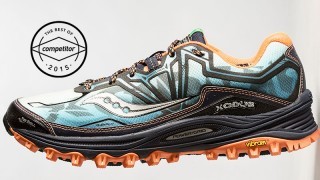
The outsole of the Xodus 6.0 is about as aggressive as anything out there, grabbing hold of loose dirt and wet rocks, both uphill and down. Photo: Scott Draper
Saucony built the Xodus trail shoe specifically for running over gnarly terrain—rocks, roots, talus, loose gravel, boulders … you name it and this shoe can handle it. The most recent update to the Xodus has three key parts that make it a trail fiend of the highest order, but the most important is the aggressive, sticky rubber Vibram outsole that provides confidence-instilling grip and secure traction on loose, sloppy mud and all rock shapes. (This shoe won the “Best Traction” award in Competitor’s October 2015 trail shoe review.) Two other key elements are the shoe’s firm but flexible rock plate built into the outsole of the forefoot, and the smart-fitting upper enhanced by both an internal arch-support system and thin flex film overlays that help with a comfortable, locked-down fit and smooth ride over the roughest terrain. A solid amount of overlays protects the tops and sides of feet from rocks and roots, while not bogging down the shoe. Despite the protection and grip of the Xodus, it still runs fairly light and allows notable agility. We didn’t love this shoe on moderate, non-technical terrain because it’s major toothiness felt like overkill. But since this shoe is built to charge on rugged terrain, we think it does its intended job well.
This shoe is for you if … you crave a burly and protective shoe yet agile shoe to charge technical terrain.
Price: $120 ($140 for the Gore-Tex version)
Weights: 11.4 oz. (men), 9.9 oz. (women)
Heel-toe Offset: 4mm; 27mm (heel), 23mm (forefoot)
RELATED: Shoe Of The Week—Nike Air Zoom Wildhorse 3
The post Shoe Of The Week: Saucony Xodus 6.0 appeared first on Competitor.com.
Ryan Hall's Blog
- Ryan Hall's profile
- 21 followers



